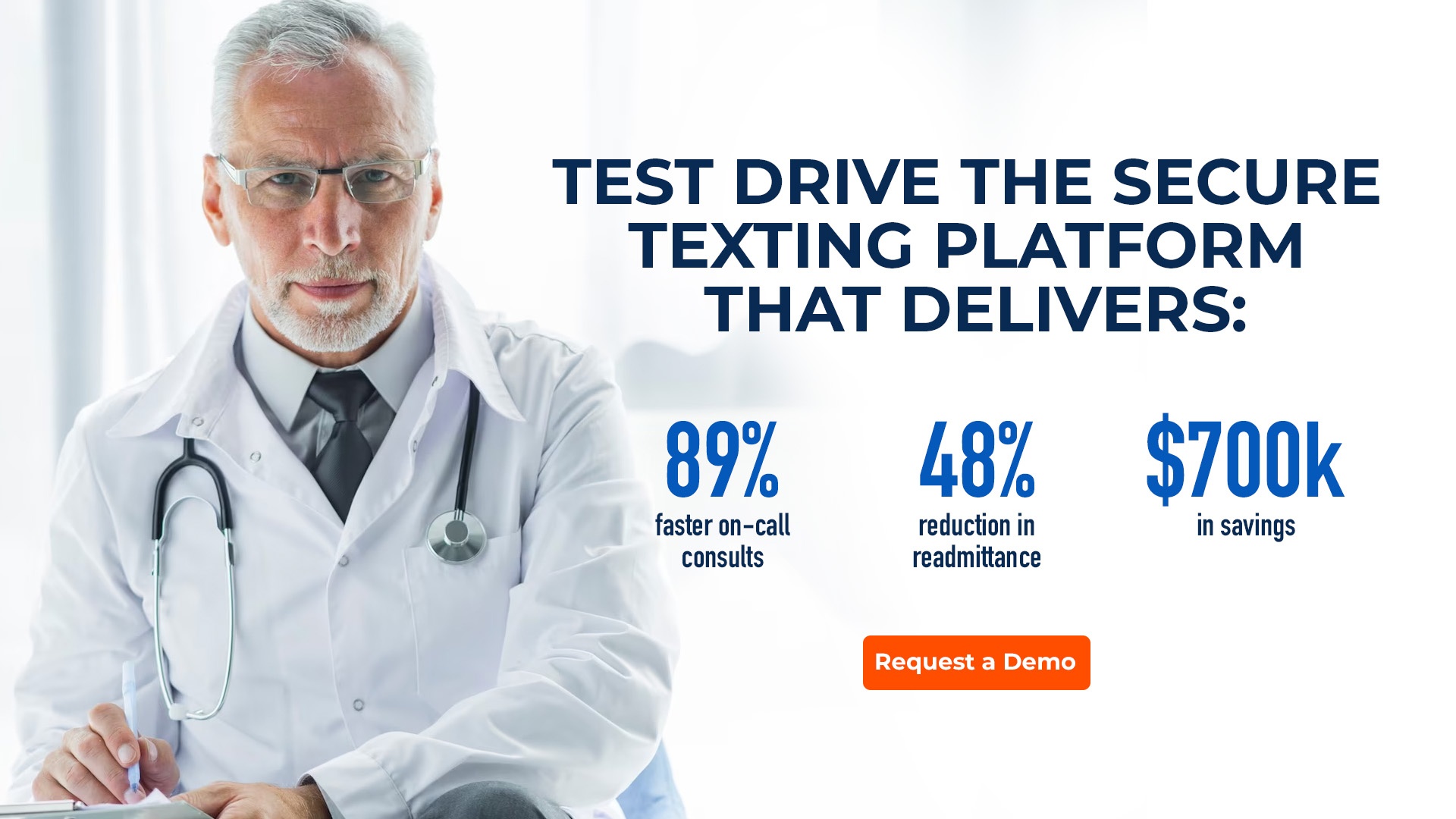Which solutions reduce clinical communication errors?

According to The Joint Commission on Accreditation of Healthcare Organizations, communication errors are the cause of 60% to 70% of preventable hospital deaths. An analysis in the Journal of Patient Safety says that up to 210,000 patient deaths a year can be attributed to preventable adverse events.
Why communication errors occur
A report by CRICO Strategies, “Malpractice Risks in Communication Failures,” analyzed more than 23,000 malpractice suits and found that three out of every 10 cases included at least one specific breakdown in communication.
As Heather Ryan, Assistant Vice President of CRICO Strategies writes, “The problem is not exclusive to communication that is misspoken or misunderstood: errors often occur because information is unrecorded, misdirected, never received, never retrieved, or ignored. Every mode and system by which patients and caregivers share health-related information is vulnerable to failure.”
Types of clinical communication errors
CRICO found that more than half of the communication breakdowns were between two or more healthcare providers. The most common breakdowns were miscommunication about the patient’s condition (26%); poor documentation (12%); and failure to read the medical record (7%). Factors such as workload pressure, cumbersome EHRs, lack of role clarity, distractions, and workplace culture all contribute to communication failures.
Collaboration driven by technology reduces communication errors
What specific solutions improve care team communication and improve outcomes?
In a study at the Denver Health and Hospital Authority, authors said that communication errors can be effectively addressed by integrating the critical attributes of collaboration, including open communication, shared responsibilities for planning and problem solving, shared decision making, and coordination.
An article in the Journal of Internal Medicine found that a secure text messaging system improved outcomes as measured by reduced length of patient stays and readmissions at one Philadelphia hospital.
“We found that adoption of this mobile technology was associated with a significant relative reduction in length of stay after adjusting for time trends and patient demographics, comorbidities, insurance, and disposition. This result makes sense, because texting is perceived to facilitate communication, and we hypothesized that improved communication might accelerate care coordination.”
About Backline
Backline is a mobile platform that goes beyond HIPAA compliant texting. We deliver a simple, smart virtual workspace that gives your care teams the power to collaborate seamlessly in real time.
Healthcare organizations that use Backline streamline patient throughput while increasing clinician and patient satisfaction.



.jpg?width=352&name=pexels-mart-production-7088498%20(1).jpg)
